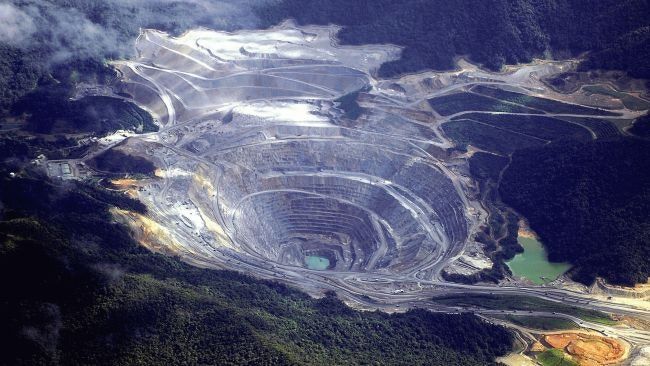For instance, ethics philosopher Clive Hamilton, participating in “The Anthropocene—An Engineered Age?,” the 2014 panel discussion at Berlin’s Haus der Kulturen der Welt (HKW), breaks the world down into techno-utopians and eco-Soterians. The former are today’s “new Prometheans,” intent on creating a new Eden on Earth, and the latter, named after
Soteria, the ancient Greek personification of safety and preservation, remain pledged to the precautionary principle, respectful of Earth’s processes and critical of human hubris, the very same hubris, they argue, that got us into the environmental crisis in the first place.2See the video recording of “The Anthropocene: An Engineered Age?,” (HKW, August 2014), including Bernd M. Scherer (Director, HKW); Mark Lawrence (IASS-Potsdam); Klaus Töpfer (IASS-Potsdam); Armin Grunwald (Office of Technology Assessment of the German Parliament); Clive Hamilton (Charles Sturt University); and Thomas Ackerman (University of Washington), moderated by Oliver Morton (
The Economist), at:
https://www.youtube.com/watch?v=C9huFiOo3qk. Other techno-utopians include: Mark Lynas,
The God Species: Saving the Planet in the Age of Humans (London: Fourth Estate, 2011); and David W. Keith,
A Case for Climate Engineering (Cambridge: MIT Press, 2013). For sociologist Bruno Latour, we must not disown the contemporary Frankenstein we’ve created—the contemporary Earth of the Anthropocene—but rather learn to love and care for the “monster” we’ve created. Meanwhile for activist Naomi Klein, arguments like Latour’s are dangerously misguided: “The earth is not our prisoner, our patient, our machine, or, indeed, our monster. It is our entire world. And the solution to global warming is not to fix the world, it is to fix ourselves.”3Bruno Latour, “Love Your Monsters: Why We Must Care for Our Technologies as We Do Our Children,” in
Love Your Monsters: Postenvironmentalism and the Anthropocene, eds. Michael Shellenberger and Ted Nordhaus (Oakland: Breakthrough Institute, 2011); and Naomi Klein,
This Changes Everything: Capitalism vs. the Climate (New York: Allen Lane, 2014), 279.







